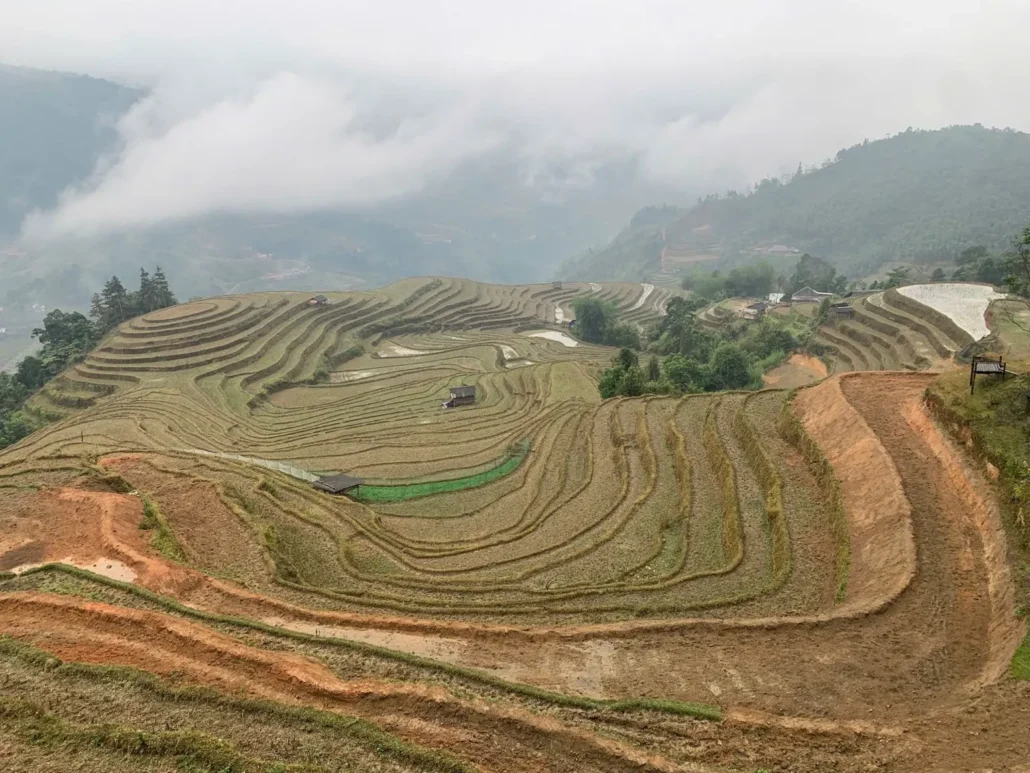New Adventure: Trekking in Hoàng Su Phì!
We are excited to announce that Sapa Sisters now offers treks in Hoàng Su Phì. This remote region is known for its stunning rice terraces, high mountain peaks, and rich cultures. It’s the perfect destination for those looking for a trekking experience off the beaten path. The trek takes you through beautiful landscapes and quiet […]
New Adventure: Trekking in Hoàng Su Phì! Read More »






